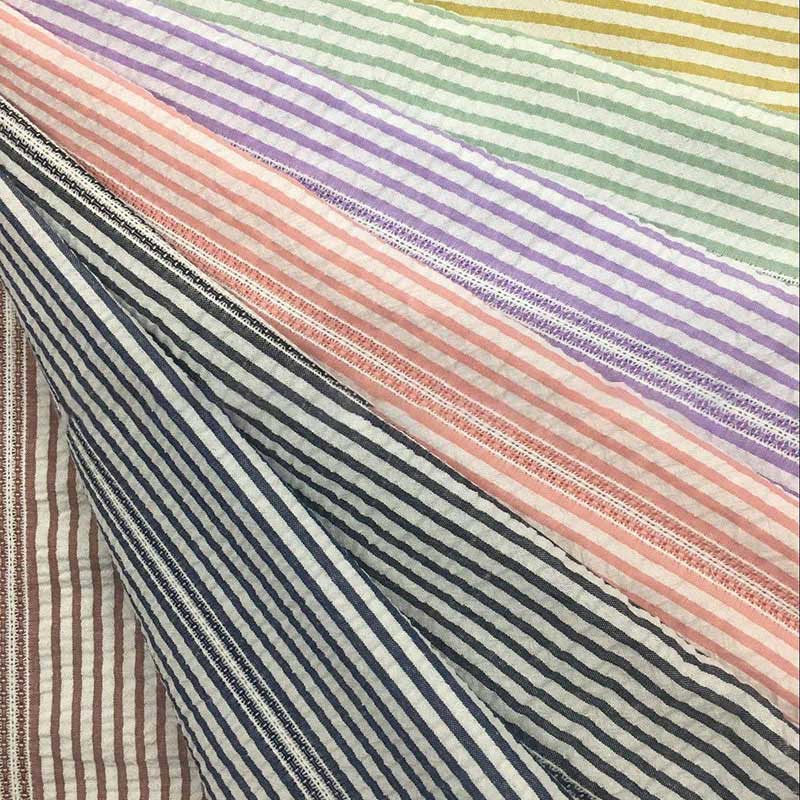As a leader in the marketing team, I have closely observed the evolution of antibacterial fabrics over the past decade. These materials have revolutionized the textile industry, merging functionality with health benefits. Let's take a time-ordered journey through their development and applications that enhance our quality of life.
.jpg)
The journey began with traditional textiles, which lacked the ability to combat bacteria effectively. Through innovative technologies, scientists developed fabrics infused with antimicrobial agents. These advancements not only targeted harmful bacteria but also paved the way for healthier living environments.
In recent years, we have witnessed significant technological advancements in antibacterial fabrics. New methods of textile finishing, such as nanotechnology, have emerged, offering enhanced durability and efficacy. These fabrics can now withstand multiple washing cycles while retaining their antibacterial properties.
.jpg)
Antibacterial fabrics are now being utilized in a variety of products, from clothing to home textiles. For instance, bed linens made from these fabrics not only provide comfort but also significantly reduce the growth of harmful bacteria, contributing to better health and wellness.
.jpg)
Looking ahead, the potential for antibacterial fabrics continues to expand. Researchers are exploring eco-friendly alternatives that fulfill both health and environmental needs. With growing awareness of sustainable living, the demand for environmentally friendly antibacterial textiles is anticipated to surge.

In summary, antibacterial fabrics have changed the landscape of healthy textiles significantly. By investing in these innovative materials, we not only ensure a better quality of life but also help foster a healthier planet. Continuous research and development in this field promise an exciting future for sustainable and healthy living.
